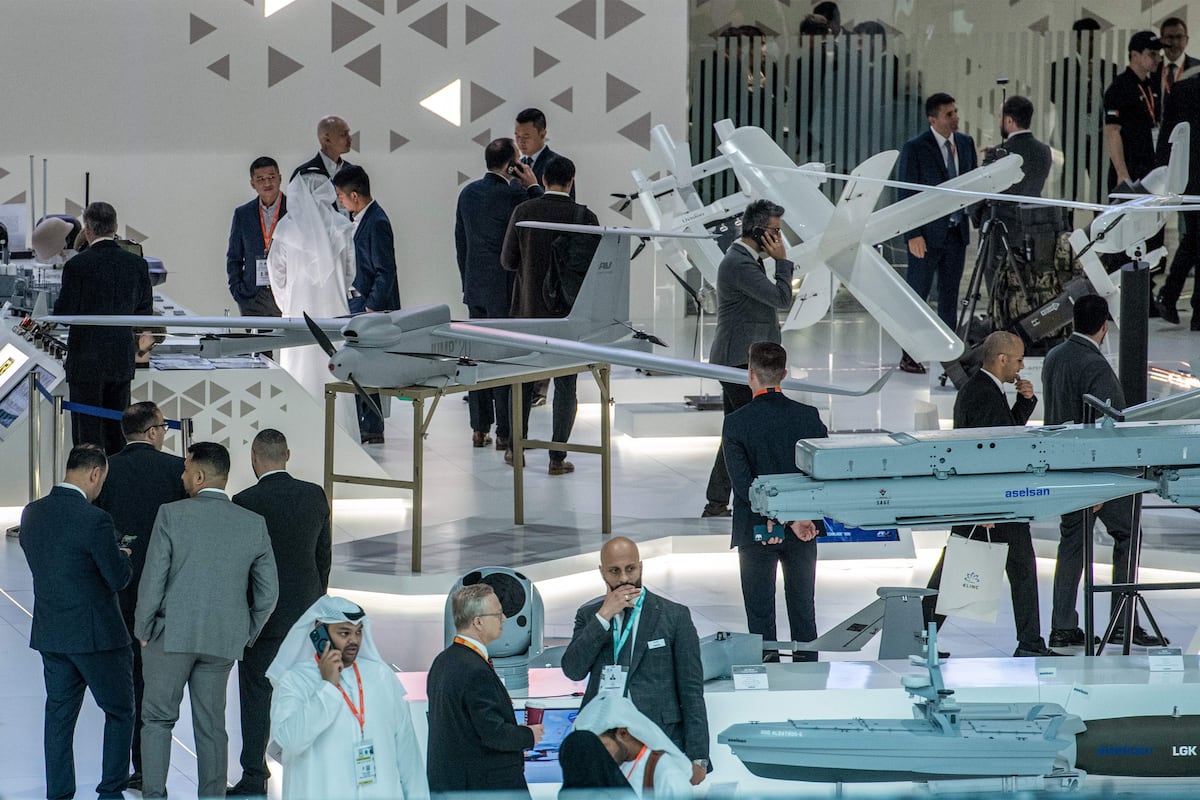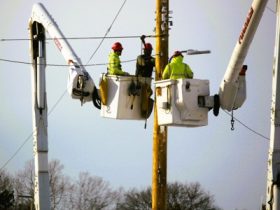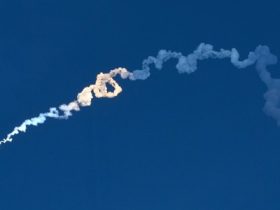The challenges faced by combat engineers in modern warfare are continuously evolving, particularly as they carry out their critical roles in ensuring mobility, counter-mobility and survivability on the battlefield. Among these, mobility is often the most overwhelming task, as engineers must clear minefields and obstacles to enable maneuvering forces to move freely.
However, this vital task places engineers at significant risk, making the need for technological advancements — specifically remote-controlled and autonomous breaching devices — more pressing than ever.
Challenges for mounted combat engineers
Mounted combat engineers typically use vehicles to clear routes and breach obstacles. The U.S. Army’s Assault Breacher Vehicle (ABV), a tracked, armored platform based on the M1 Abrams tank, is central to this mission. The ABV is equipped with systems for in-stride breaching of minefields and complex obstacles, such as a mine plow and the Mine Clearing Line Charge (MICLIC), which allows for remote detonation of mines.
Though effective, the ABV has a significant vulnerability: It is a high-value target for enemy forces, increasing the risk to its crew. This makes it clear that the future of battlefield breaching may lie in autonomous or remote-controlled vehicles, which could reduce the exposure of soldiers to enemy threats.
Recent developments show progress in this direction. In 2021, the Army initiated a program to integrate teleoperation capabilities into the ABV. By 2022, the Army awarded a contract to Cybernet for a robotic system designed to allow remote operation of these vehicles. Prototypes have shown promise, successfully clearing obstacles during training exercises, and more developments are expected in the near future. To maximize the potential of this technology, the Army could also explore the creation of new military specialties focused on the operation and maintenance of remote-controlled breaching systems.
Challenges for dismounted combat engineers
While mounted engineers have significant support from armored vehicles, dismounted engineers face a more dangerous set of challenges. Often required to clear obstacles on foot, they must carry heavy equipment, such as grappling hooks and explosive charges, through hostile terrain. Without the protection of vehicles, dismounted engineers are highly vulnerable to enemy fire. Currently, remote-controlled robots and drones are used to detect obstacles from a safe distance, but these devices cannot carry out the full range of breaching tasks that dismounted engineers perform, such as placing explosives or clearing large obstacles.
The need for more advanced autonomous or remote-controlled breaching tools is clear. Such devices could enable engineers to clear paths and neutralize threats from a safe distance, significantly reducing the risk to soldiers. By bridging the gap between current capabilities and the demand for fully autonomous systems, the Army could better protect dismounted engineers while maintaining operational effectiveness.
The need for technological advancements
Both mounted and dismounted combat engineers face challenges in ensuring mobility for their units, and technological advancements offer a viable solution. Remote-controlled and autonomous breaching devices can help mitigate the dangers that engineers face while performing their essential tasks. The need for these innovations in modern warfare, where rapid adaptability and enhanced safety are crucial, has never been more apparent. By investing in the development of autonomous systems for both mounted and dismounted engineers, the military can increase the efficiency and safety of its combat engineering units.
As technology continues to evolve, the military must prioritize the development of remote-controlled and autonomous breaching devices. This will not only safeguard soldiers but also enhance the flexibility and effectiveness of combat engineers. The strides made in the field of remote-controlled breaching vehicles, particularly with the ABV, provide a strong foundation. The next step is to extend these advancements to dismounted operations, ensuring that engineers can safely and effectively carry out their missions on all terrains.
Embracing technological innovation will ensure that combat engineers remain equipped to fulfill their critical role in modern warfare. As lessons from current conflicts continue to shape military strategies, remote-controlled and autonomous devices will become indispensable tools for enhancing battlefield mobility, counter-mobility and survivability — ultimately ensuring the success of military operations.
Michael Hamilton is a captain in the U.S. Army currently pursuing a master’s degree in Geological Engineering.
Read the full article here








Leave a Reply